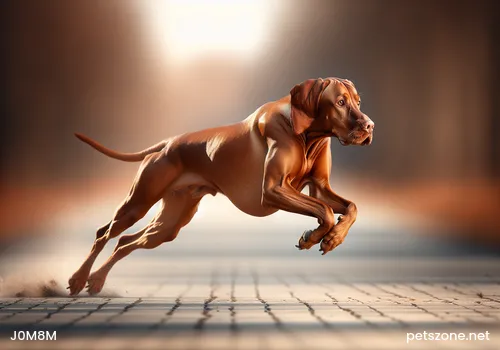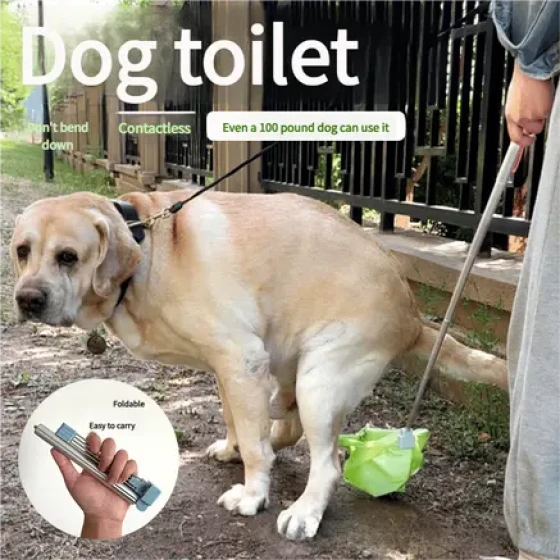Description of Three Different Coat Characteristics of Dachshunds

Dachshund (detailed introduction)
Dachshunds have three different coat types:
(1) Short coat,
(2) Wirehaired,
(3) Long coat, with two size classifications: standard and miniature, both having the above three hair types. All the appearances described below include both size classifications.
[Short Coat]
Coat is short, smooth, and sleek. Neither too long nor too thin. Ears should not look like leather. Tail: gradually tapers towards the tip but without excessive hair. The hair on the lower abdomen is long and smooth, some patches of coarse hair are not a fault. Brush-like tails are a fault; completely hairless or partially hairless tails are also faults. Coat colors: basic colors are not very important, but defined patterns and base colors are dominant. Solid colors include red (with or without dark or light brown shading) and cream. A small amount of white on the chest is permitted but not ideal. Nose leather and nails are black.
Bicolor includes black, chocolate, wild boar color, gray (blue), fawn (Isabella brown), each with tan markings above the eyes, on both sides of the jaw, lower lips, inner edges of ears, front, chest, inside of front legs and back, paws and around the anus, and on the underside of the tail extending 1/3 to 1/2 the length of the tail. Inappropriate prominence or too light tan markings are not ideal. A small amount of white on the chest is allowed but not ideal. Nose leather and nails: black dogs have black; chocolate and other colored dogs have dark brown but their own colors are also acceptable.
Brindle pattern, the "single brindle" style, obvious light brindle range contrasting with very dark base color, can be any possible color. Neither light nor dark color is dominant. Nose leather and nails same as solid or bicolor Dachshunds. Partial or entire eye color blue (with a colored ring inside the eye) is acceptable, just as dark-colored eyes are. Brindle Dachshunds may have large areas of white markings on the chest permitted.
"Double brindle" is when brindle Dachshunds have varying amounts of white markings on the body, nose leather and nails same as solid or bicolor Dachshunds. Partial or localized markings in their own color are also acceptable.
Brindle pattern (contrast colors) shows black or dark brindle markings all over the body, although some brindle Dachshunds show only brown markings.
[Wirehaired]
Coat: Except for the jaw, eyebrows, and ears, the body is covered with a uniform, dense, short, heavy, coarse, harsh outer coat, with fine, soft, short hair (undercoat) distributed among the coarse hair. Lack of undercoat is a fault. Distinctive facial hair includes whiskers and eyebrows. Hair on the ears is shorter than on the body, almost smooth. The general appearance of the wirehaired Dachshund’s coat from a distance is roughly the same as the short coat Dachshund. Some soft hair anywhere on the body, especially on the head, is a fault. Correct hair length, curled or wavy hair are all the same. Hair grows in irregular stripes, pointing in different directions. Tail: sturdy, with dense hair, tapering toward the tip. Flat tails are a fault. Hair colors: most colors are wild boar, black, brown, various shades of red, all colors are allowed. A small amount of white on the chest is acceptable but not ideal. Nose leather and nails same as short coat type.
[Long Coat]
Coat: smooth, shiny, slightly wavy hair, longer below the neck, on the chest, underside of the body, ears and backs of legs. The coat gives him an elegant appearance. Short hair on the ears is not ideal. Excessively abundant hair forming a mask, coat length consistent all over the body, curly coat, or marked differences on the back are faults. Tail: gently carried on the extension of the spine. Hair reaches optimum length, forming a flag-like appearance. Hair colors: same as short coat Dachshunds. Nose leather and nails: same as short coat Dachshunds.
Note: The above describes ideal Dachshunds; any deviation from these descriptions is a fault and points are deducted depending on the importance of the deviation and whether it contradicts the breeding purpose for the breed and its types.



